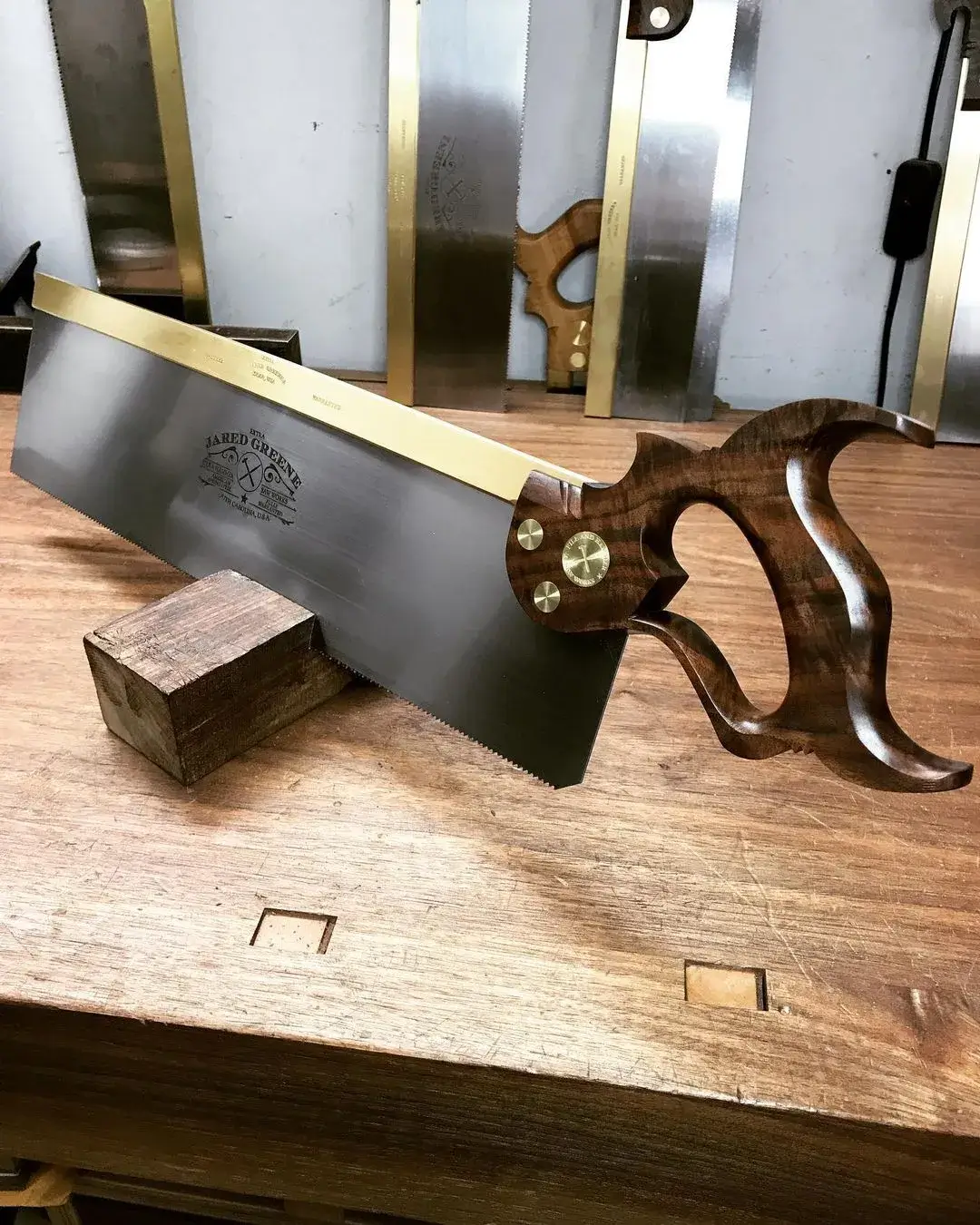The art of custom saw manufacturing is a complex and highly-specialized field that requires extensive knowledge of the craft and a passion for perfection. As a result, it can be a difficult and demanding process that requires both expertise and dedication in order to achieve the desired results. Despite the challenge, those who master this craft are capable of producing truly remarkable works of art. Check out this A Comprehensive Guide To Custom Saw Manufacturing.
This blog post is designed to provide a comprehensive guide to custom saw manufacturing, offering readers valuable insight into the process, the tools, and the techniques required to produce exceptional custom saws. We will explore all aspects of the process from selecting the right saw blade to sharpening the blade. We will also discuss the importance of safety protocols when operating saws and the best practices for maintaining them. Finally, we will provide helpful tips and tricks on how to get the most out of your custom saws.

Our goal is to provide readers with a complete understanding of the custom saw manufacturing process, empowering them
1. Understanding the different saw types and materials
An essential part of mastering the art of custom saw manufacturing is understanding the different saw types and materials. Each type of saw is designed for a specific purpose and made from specific materials, so it’s important to understand the differences. For example, circular saws are designed for making straight cuts through wood, plastic, and metal, while reciprocating saws are designed for making curved cuts in wood, plastic, and metal. It is also important to understand the different types of materials used to make saws, such as carbon steel, high-speed steel, and carbide. Understanding these different saw types and materials will help you create custom saws that meet your customers’ needs.
2. Gathering the right tools and equipment
Gathering the right tools and equipment is essential for mastering the art of custom saw manufacturing. Before getting started, you’ll need to make sure you have the following items: a saw blade, a saw table, a saw fence, a rip fence, a miter gauge, a crosscut sled, a drill press, a jig saw, a router, a router table, and a variety of clamps. Additionally, you’ll need tools and supplies such as a screw gun, a chisel, a hammer, clamps, a measuring tape, marking tools, and a variety of saw blades and router bits. Once you have all your tools and equipment, you’ll be ready to get started on creating your custom saw.
3. Learning the proper techniques for saw manufacturing
Learning the proper techniques for saw manufacturing is a key component of mastering the art of custom saw manufacturing. To ensure that saws are manufactured to the highest standards, it is important to understand the different steps in saw making, such as selecting the right materials, machining the saw blade, and assembling the saw components. Additionally, learning the proper techniques for saw manufacturing also involves understanding the use of safety equipment and the importance of inspection and maintenance. With the proper techniques and information, custom saw manufacturing can be done safely and effectively.
4. Understanding saw blade sharpening
In order to truly become a master of custom saw manufacturing, you must understand the importance of saw blade sharpening. Regular sharpening is essential for any saw to perform at its best, as dull blades can cause problems such as chipping and splitting of wood fibers. It is also important to consider the type of saw blade when sharpening. Different blades require different sharpening methods and tools, and the wrong technique can cause the blade to lose its cutting ability. To ensure proper sharpening and the best results, it is important to use the correct tools and techniques for the specific saw blade you are working with.
5. Quality control procedures
Quality control is essential in custom saw manufacturing. The goal is to ensure that all products meet customer expectations and industry standards. To do this, manufacturers should establish quality control procedures that are fair, efficient and consistent. This could include regular assessments of the saws and other components of the finished product, as well as inspecting the saws for any defects or irregularities. Additionally, manufacturers should use the latest technology to ensure accuracy and speed in their quality control process. This could include automated measuring and testing equipment, as well as computer-aided design software. A comprehensive quality control plan will help manufacturers create high-quality saws that meet the needs of their customers.
In conclusion, mastering the art of custom saw manufacturing is no easy feat. It requires careful planning, the right tools, and the knowledge to use them. With the right knowledge and resources, however, custom saw manufacturing can be a rewarding and profitable endeavor. With this guide, you are now armed with the skills and knowledge necessary to craft custom saws that meet industry standards and customer expectations.



